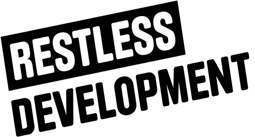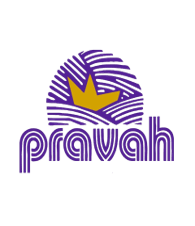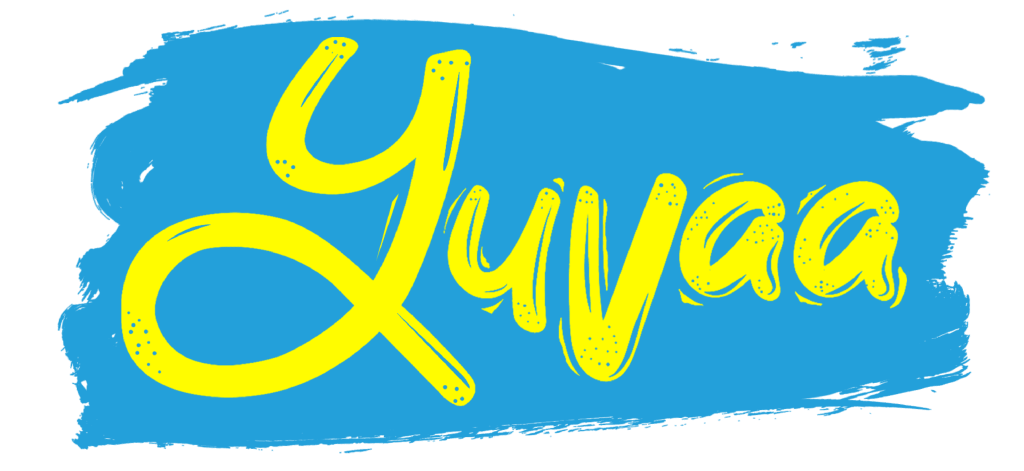APR Report
Lack of access to sexual and reproductive health information and services is holding India's youth back in varied speheres


Limited access to SRH negatively impacts young people’s ability to pursue and complete their education
Only 46% of girls in India complete upper secondary education, and the major factors contributing to this gap are early marriage as well as early pregnancy
Education Progress and Completion in Asia”, UNESCO

A larger population strains resources and infrastructure, impacting the overall economy and GDP of the country
India’s population is expected to reach 1.7 billion by 2050, which could put pressure on the country’s job market and overall economic growth.
United Nations’ World Population Prospects 2019 report
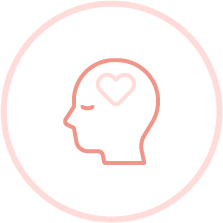
Untimely and inadequate contraceptive access leads to mental health adversities
Studies reveal how unintended pregnancy can lead to increased levels of stress and depression, particularly for young people
(Various studies by Guttmacher Institue)
A focused study of young women revealed that those women who had unintended pregnancy were 33 percent higher likely to suffer from depressive symptoms than their counterparts.
2022, IIPS

Contraceptive inaccessibility harms sexual and reproductive health
Out of the 121 million unintended pregnancies across the world every year, and one in every seven of these occur in India
(State of World Population Report, UNFPA,2021)
The latest data reveals 6.8% of pregnancies are either unwanted or mistimed, affecting women’s health adversely.
(NFHS 5)

Barriers to accessing sexual and reproductive health services in India can have negative impacts on employment
A study found that lack of access to contraception was a significant barrier to women’s employment in rural areas of India. Women who had access to contraception were more likely to be employed than those who did not.
(International Journal of Health Services in 2018)
Studies reveal that unintended pregnancies are a major reason why young women in India drop out of school.
(Journal of Health Economics, 2012)

Without access to comprehensive sexuality education, young people are at risk of losing their dignity and equality.
A study found out that young women in India who had received CSE had higher levels of mean score on sexual self-efficacy, than those who did not.
(Journal of Sex Research in 2019)
National Survey reveals only 40% of women aged 15-49 make their own decisions about seeking healthcare, which again hints towards a requirement for Comprehensive Sexual Education.
(NFHS-4)
A study found that young people who had received CSE were more likely to have greater agency and autonomy in making decisions about their sexual health, including decisions related to contraception, pregnancy, and sexually transmitted infections.
(Study by TYPF, 2020)

Lack of access to Sexual and Reproductive Health services and information exacerbates climate change
Content to be Added
A coalition that aims to empower 1 million young Indians to ensure more equitable and universal access to contraception for ALL young people, and strives to tackle critical gaps in the current landscape of Sexual and Reproductive Health in India

- Youth Ke Bol seeks to address this by establishment of a coalition of and for intentional engagement of diverse and representative group of 1 million young people to organize and amplify their voices towards the need for increased access to Sexual and Reproductive health information and services for all
Youth Ke Bol provides capacity building to young people through NGOs to nurture their leadership capabilities to drive narrative change around issues key to youth empowerment
- Youth Ke Bol works towards development and endorsement of a compelling and effective narrative on these topicsin the broader context of improved quality of life for young people by using multimedia platforms to expand and scale conversations amongst all
- Youth Ke Bol is building an established platform for constructive youth engagement with decision makers in government and private sectorto represent voices and recommendations of youth to improve based solutions for their better quality of life.
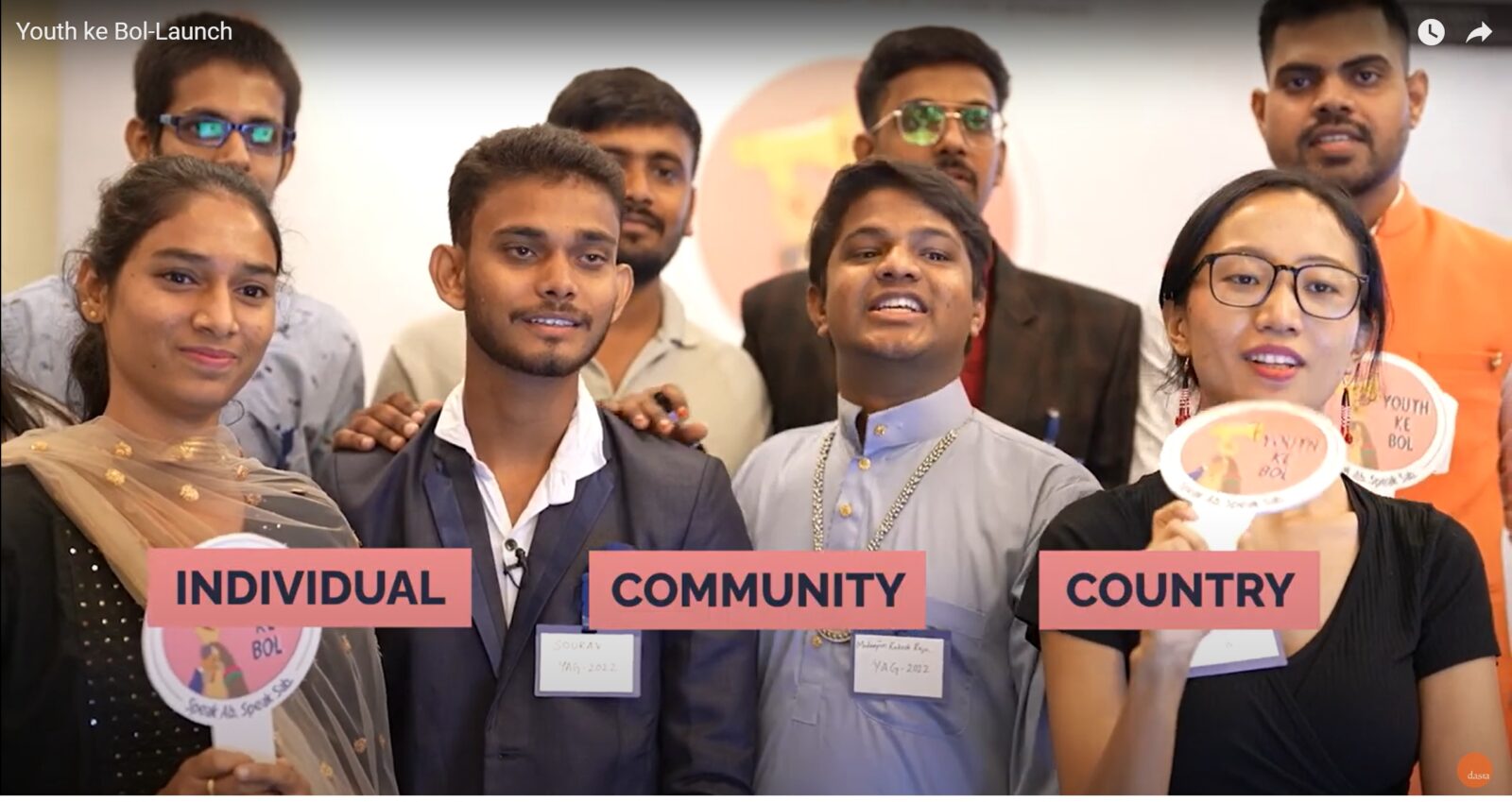
Bridging the gaps in India's Sexual and Reproductive Health landscape has the power to unlock the country's full potential
Our partners
Our Impact in Action
A. Fostering Youth Leadership
a. On-ground engagement
1200+ young individuals empowered with knowledge and tools for informed decision-making about their sexual and reproductive health through on-ground and partner-led activities like Youth addas, local gatherings and events
Our Geographical footprint
- Jharkhand
- Orissa
- Tamil Nadu
- Telangana
- Uttar Pradesh
- Rajasthan

b. Harnessing the Power of Digital Media
- Successfully amplified 115+ pieces of youth-created content, reaching a following of over 200K young people and creating a significant impact in promoting youth voices and perspectives
- Our #SwitchtheSoch campaign engaged with 1.9 Mn people that promotes young men's involvement in family and future planning decisions, driving positive impact.
- We amplified youth voices and promoted their active participation in sexual and reproductive health discussions by digitally engaging 330K young people through innovative means like online listening sessions, open mic events, tweet chats, online townhalls and social media interactions
B. Championing Young Voices
- Globally advocated for youth leadership in SRHR at ICFP 2022, amplifying the voice and agency of young people in shaping the future of sexual and reproductive health
- Generated media coverage, with news articles featuring our work amplifying the critical need for investment in this area, ultimately driving positive impact and change for young people
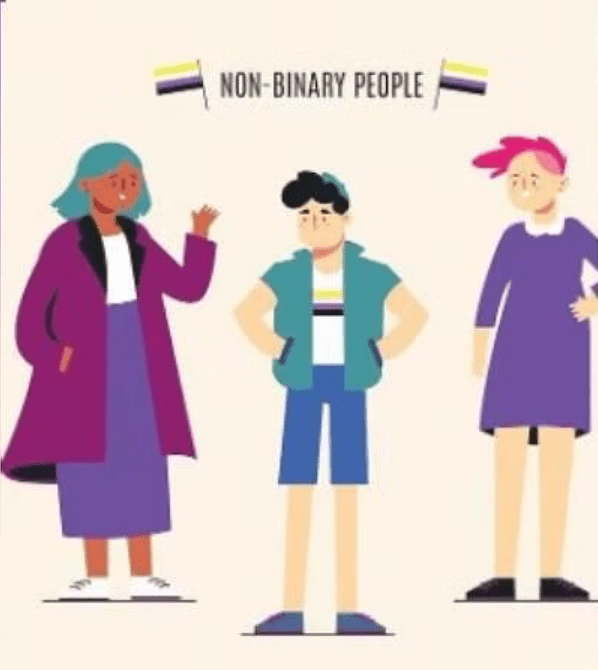
Non-binary people face bias from doctors, says study
It is not just the non-binary who face social stigma and discrimination.

News from the world of Education: October 13, 2022
Information on admissions, courses and events from schools and colleges
C. Influencing Policy and Practice
- Youth insights integrated into India's FP2030 commitments, improving access to safe and equitable family planning for all with young people at forefront.
- Our Youth Speak Report, based on insights from 400+ young people, was shared with Adolescent Health division to potentially transform policies and programs on adolescent and youth health
- Members of Youth ke Bol cohort will drive meaningful change on the global stage as they present their recommendations at the Y20 Summit, contributing to the G20's efforts to shape a better future for all.
testimonials




our Journey
Aug – Oct 2021
Co creation of workshops and peer led research conducted with 150+ young people and 9 youth orgs to arrive at key narratives
Jul - Sept 2022
- YKB Josh Page launched
- YKB Officially launched
Jan-Mar 2022
- On boarded Coalition partners
- YAG established
Jan-Mar 2023
- Reached 1000 people directly
- Reached 200k on Josh
- Policy champions on boarded
- Onboarded more partners to increase geographic reach of the coalition
APR - JUL 2021
- Learning Calls with national and international youth focused organizations
- Consultations with young people to develop commitments for FP2030
Oct – Dec 2021
Received buy in from the AH Cell, MoHFW to instate of regularized platform for young people to directly liaise with decision makers
Apr- Jun 2022
YKB brand created and established
Oct- Dec 2022
-Participated in ICFP
-Launched YKB’s first campaign #SwitchtheSoch


